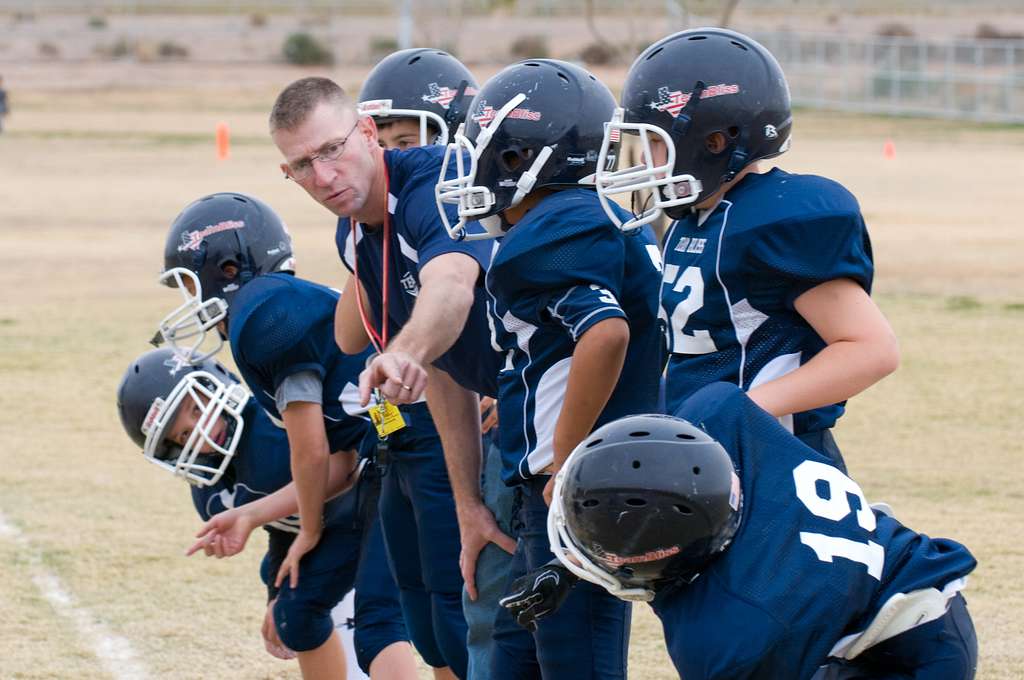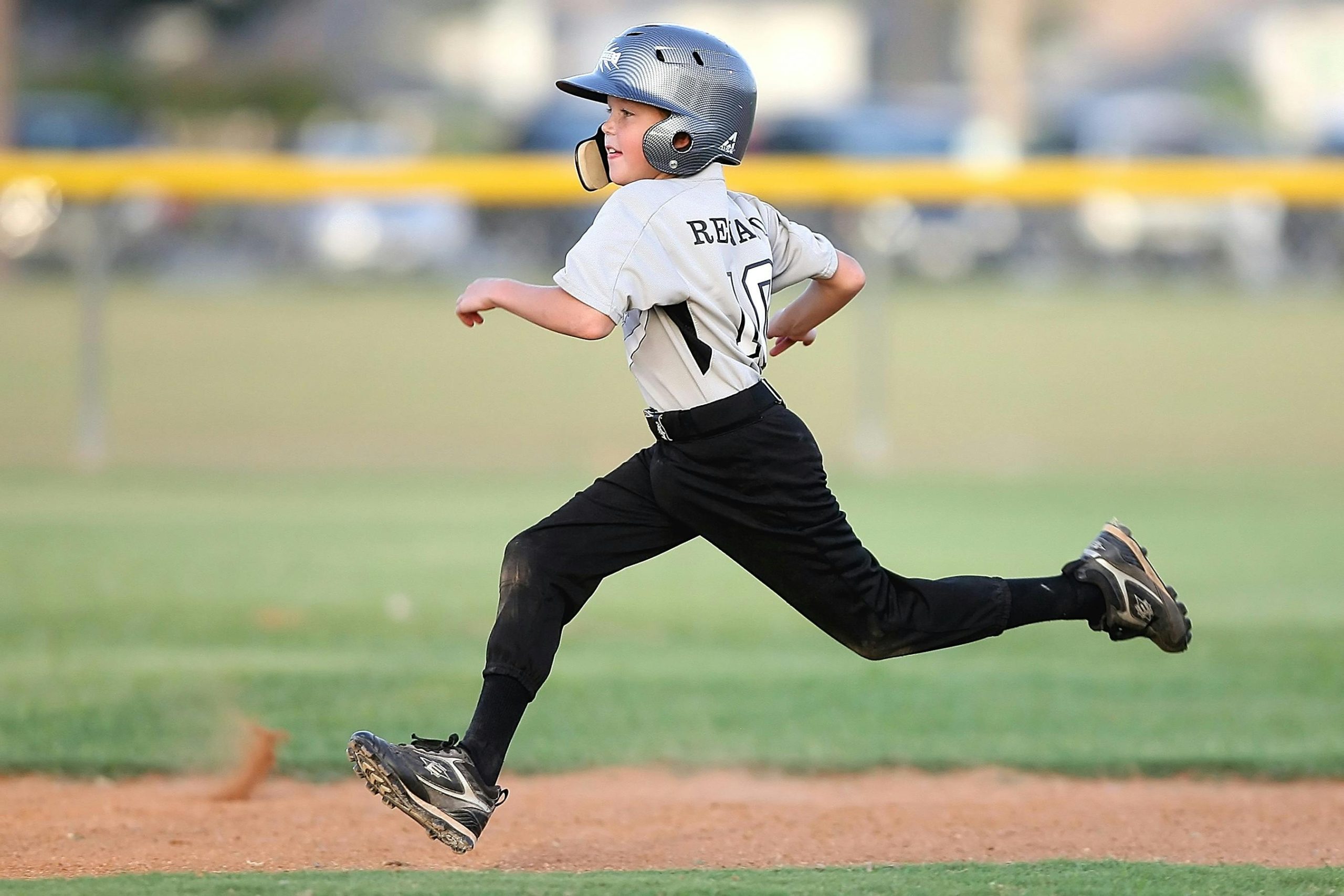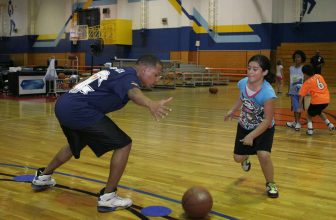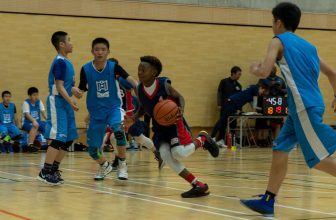How To Run A Highly Productive Youth Basketball Practice
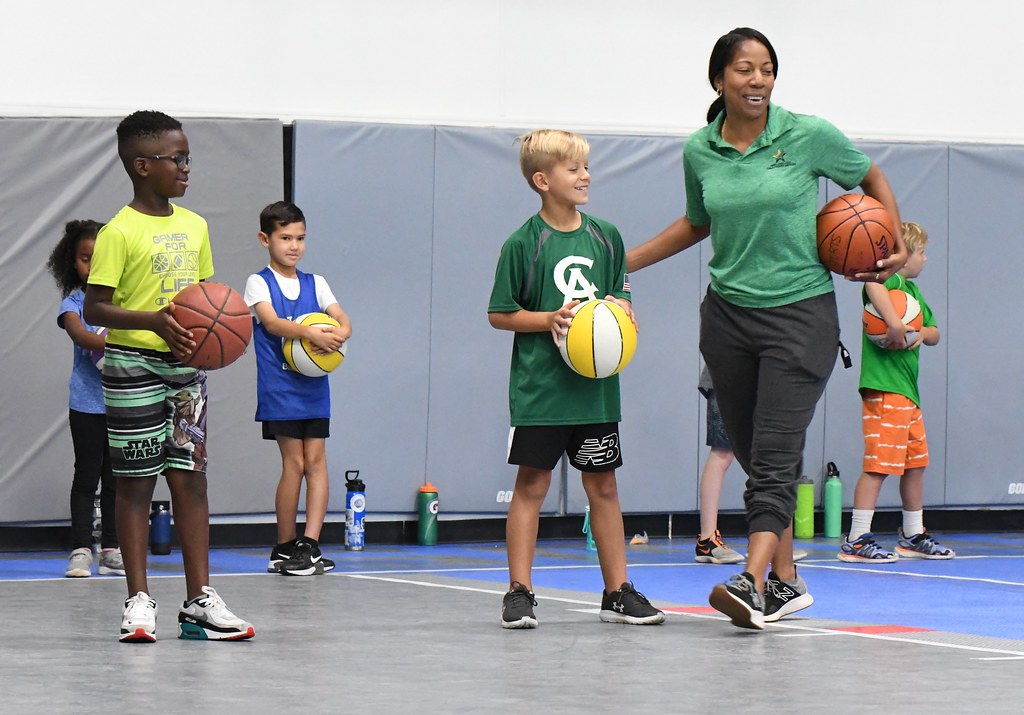
Depending on the development and talent of one’s players, youth basketball can mean a number of different things.
From my experience coaching youth basketball, I can assure you there are proper ways to handle practices to ensure that you develop the young athletes. Often times with youth basketball, there is only one or two practices a week before games on the weekends. Your opportunities for skills development are quite limited.
Throughout this column, I’ll discuss some of the more useful drills and game preparation techniques that will transform a group of inexperienced players into the next dream team. (Partial hyperbole there, but you get the point!)
Disciplined, yet Fun
Even though you are coaching kids, it is still important to instill discipline. Obviously, you’re not going to bench a player for the entire game if he or she commits a silly turnover in the first half.
However, offering constructive feedback can go a long way in building young players. This level of disciplined and focused coaching should be present at both practices and on game day.
Conversely, chances are the team you’re coaching will be at the recreational level. With this said, it should be fun for the players. They should look forward to practice and enjoy playing on the hardwood. There are many ways to increase the potential of this occurring, which we’ll discuss in a latter part of this article.
Practice Schedule
Prior to each of the practices, it is the coach’s responsibility to set up the drills and activities that will take place at each practice. After all, if you left it up to the players, you’d have two hours’ worth of half court shots. Here are some basic, yet vital activities that must take place at each practice:
- Warm-Up – Throughout my career in multiple sports, I have continuously learned from coaches the importance of getting loose and stretching before practices. One of the main reasons for this is its ability to decrease the chance of injury. Furthermore, the basketball warm-up should include a basic drill, such as lay-up lines. Particularly, at the youth level, mastering lay-ups can pay significant dividends come game time. Lay-up lines accomplish the duel purpose of warming players up and turning a lay-up into a sure-fire shot for your team.
- Offensive/Defensive Formations – Although there likely won’t be a complete playbook at the youth level, learning some basic offensive plays and defensive formations is important. For the offensive side of the ball, I would suggest implementing some high pick and rolls, as well as teaching players how to do off-ball screens. Although basic, these often represent the core of an offense. On defense, I would suggest practicing man-to-man and a few basic zone sets (2-3, 1-3-1) that you plan to use.
- Skill Training – Here is where coaches have some flexibility. For all ages, I would recommend everyone getting in some work on boxing out. After watching hundreds of youth games, I have seen countless teams display little to no boxing out over the course of an entire game. Along with this, coaches can utilize varying intensities of long-range shooting, free throw shooting, and catch-and-shoot situations. By allowing players to practice shots in different situations, they become better prepared come game-time.
- Fun Drill – As I mentioned before, it is important to recognize this is just for fun at certain ages. After developing some of the fundamentals, coaches can allow players to play a game like knock-out or do some sort of team relay.
- Cool-Down – Lastly, it is key to end practice with a cool-down. This should just include some light stretching.
Practice to Improve
“The structure of your practice is the most determining reason for your success or lack of success as a coach.” – Bob Knight
Youth basketball is a recreational activity, but it is your role as a coach to put these players on a path to improvement and success. Along these lines, the coach needs to evaluate a team’s performance after each game. Was your team getting outrebounded by a large margin? Did your team struggle to stop the opposing offense? Could poor free throw shooting be the culprit for the previous loss? All of these are the types of questions a coach should ask him or herself before planning the next practice.
Carefully selecting drills to run through at practice is immensely important. Rather than doing the same set of drills every practice, coaches should make decisions on which ones express a greater need for the team. If your team competes hard on both ends, but is simply a terrible outside shooting team, then change that by developing your team’s shooters. Competition is another aspect that can be useful for a productive drill. Humans are naturally competitors. To prepare them for game days, those fun drills I mentioned before can be turned into competitions where the losers may have to do push-ups or run sprints. It will not only motivate them to win, but they’ll want to continue honing their skills.
Lastly, to get players focused on improving each practice, you need to avoid overusing a particular drill. If you have been doing it already for 10 minutes and the players are still struggling, it might be best to move on. Failing to act in a manner like this will only increase the chances of players getting bored. Likewise, youth practice time is often limited, so it is critical to manage time effectively so you are able to complete everything that need’s covered.
Positive, Positive, Positive
Coaching at the youth basketball level is completely different from high school, college or the pros. In conclusion, if there is one thing I can stress for youth coaches is that you should always be positive throughout practice. Once you lose the players, particularly at this age, it can be tough to get them back. It is your job as the coach to build team spirit and keep the morale up across the roster so they are confident and ready to compete at each game.


